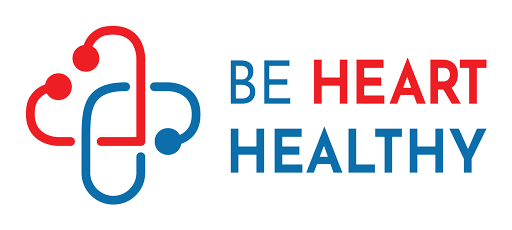You might have heard about the effects of cholesterol as the risk factor for several heart diseases. Our body needs cholesterol to build healthy cells, but its excessiveness can increase the risk of dyslipidemia (lipid imbalance), stroke, and cardiac diseases. In this article, we will discuss how Lipoprotein A, a form of cholesterol (LDL), correlates with the risk of heart disease.
High cholesterol deposits plaques in the blood vessels, blocking proper blood flow to the heart and the rest of the body. If there is too much cholesterol in your blood, it accumulates in the walls of the arteries, causing a form of heart disease known as atherosclerosis.
There are several types of cholesterol or fats in our body, and their excessiveness can lead to plaque buildup, ultimately blocking blood flow and causing heart diseases—for example, fats such as triglycerides and cholesterols such as HDL and LDL.
Lipoprotein A, abbreviated as Lp(a), is a form of LDL (low-density lipoprotein) consisting of protein and fat that carry cholesterol throughout your blood. High levels of lipoprotein A increase the chances of heart attack, aortic stenosis, and stroke.
What Is Considered A High Lipoprotein A?
Lipoprotein A is an essential form of LDL (low-density lipoprotein) in our body. It aids in various physiological functions, such as wound healing, tissue repair, and vascular remodeling.
Normally, the ideal range of Lipoprotein A in our blood should be below 30 mg/dL or 1.7 mmol/L. A high lipoprotein A is defined as a value greater than 50 mg/dL.
A lipid profile is a blood test, also known as complete cholesterol test or lipid panel, used to determine the amount of cholesterol and fats in our blood. This test can detect the levels of lipoprotein A.
Risk Factors Of High Lp A
Your doctor may ask you to get your Lp(a) levels checked if you have any of the following diseases:
● Heart attack
● Coronary artery disease
● Stroke
● Family history of high Lp(a) levels
● Certain types of aortic stenosis
● Blood clotting disease
● Familial hypercholesterolemia
How Does Lipoprotein A Increase The Risk Of Heart Diseases?
If you have a high lipoprotein A, it will build up cholesterol deposits, also known as plaques, in the walls of your blood vessels. The buildup of plaques (cholesterol deposits) obstructs blood flow to the heart, brain, lungs, kidneys, legs, and other parts of the body, damaging these organs.
Simply imagine this as dirt and debris accumulating in your sink pipe. Wouldn’t it block water from draining? Plaque or cholesterol buildup in our blood vessels blocks blood from flowing in the heart and other organs of the body. This happens when there is too much cholesterol or tryglycerides in the body.
In addition, these plaques grow over time, rapidly worsening blockage in blood vessels and reducing blood flow to the heart, leading to heart attacks or strokes. The cholesterol deposits can also cause clotting and inflammation.
Prevalence Of Heart Disease From High Lipoprotein A
Lipoprotein A is a heritable risk factor for atherosclerotic cardiovascular disease, with 1 in 5 individuals having high Lp(a), associated with 1.5 fold risk for coronary heart disease.
A study estimated that higher lipoprotein(a) levels were linked with greater chances of coronary artery disease in black and white patients with atherosclerotic heart disease.
Treatment Of High Lp(a)
A high Lp(a) is rarely treated or controlled alone with a healthy diet and exercise. Lipoprotein apheresis is an FDA-approved procedure that removes LDL from the patient’s blood through a machine. It is indicated for patients with familial hypercholesterolemia who have:
● Coronary artery disease or other artery disease.
● LDL greater than or equal to 100 mg/dL.
● Lp(a) greater than or equal to 60 mg/dL.




